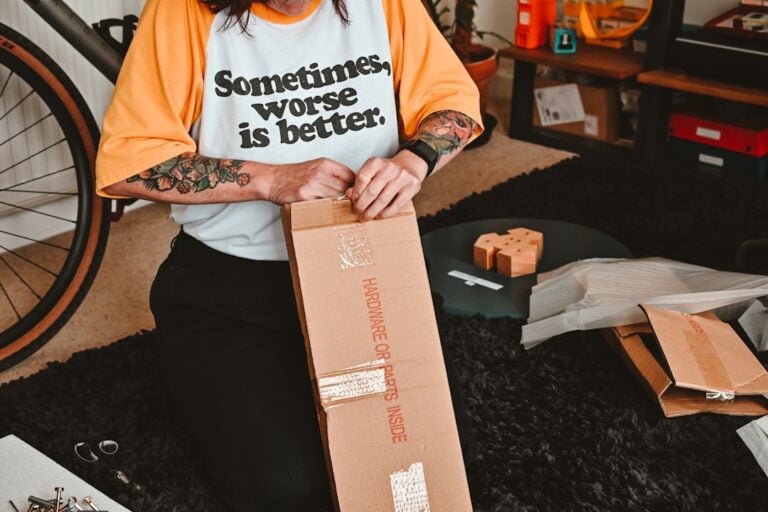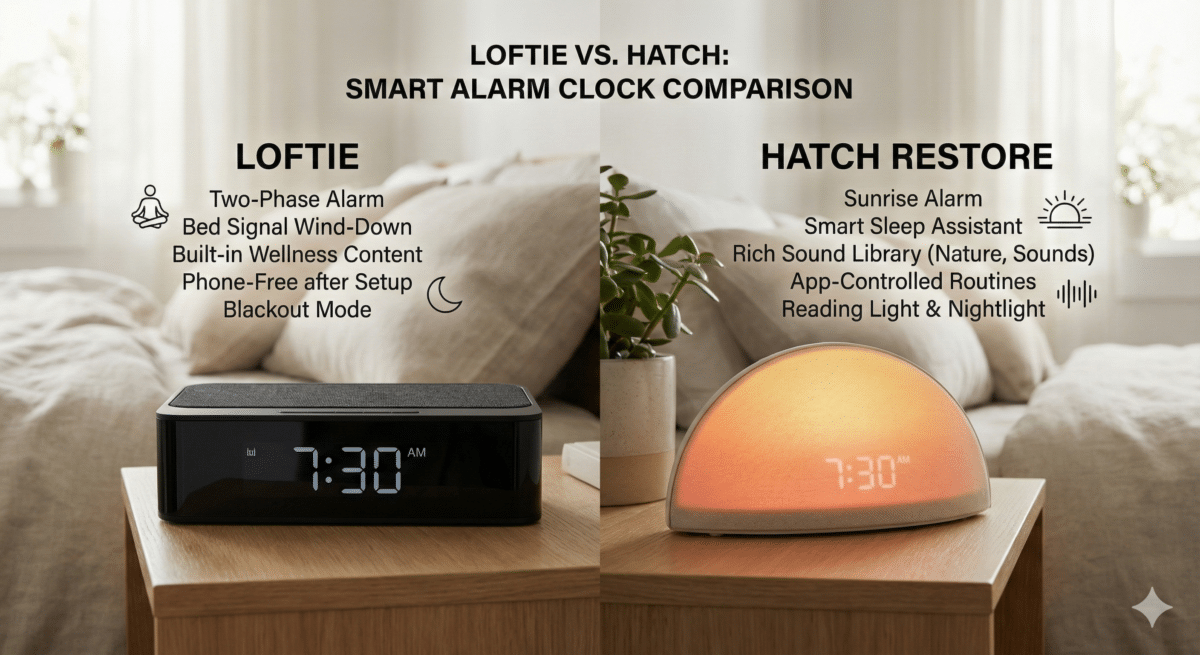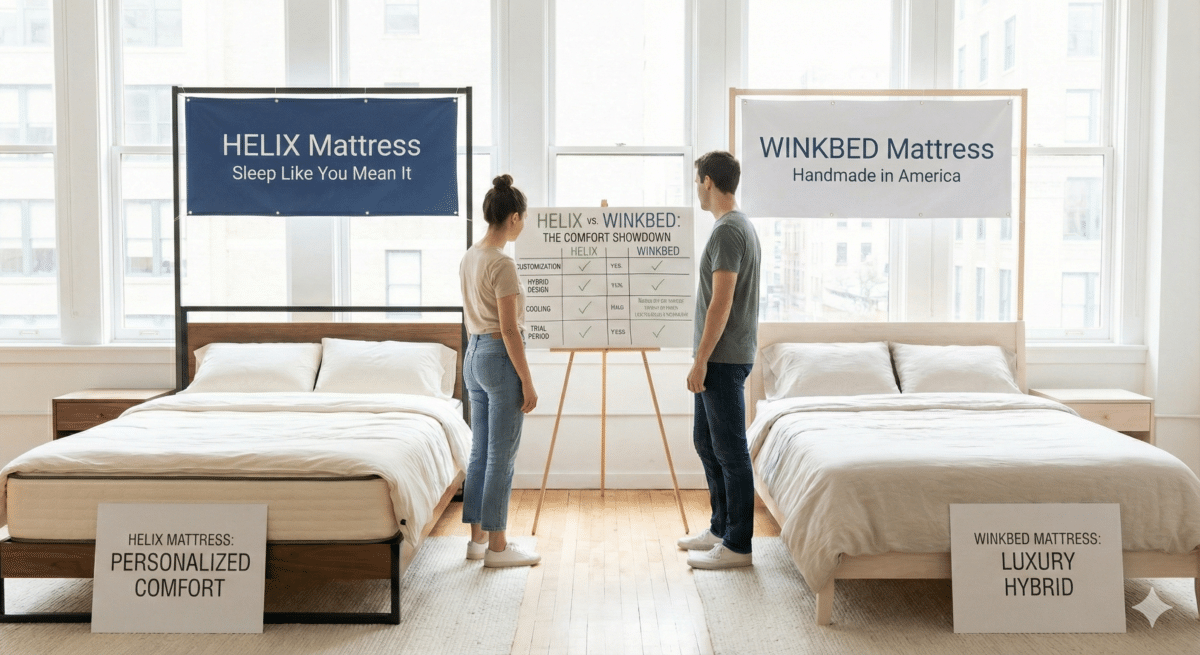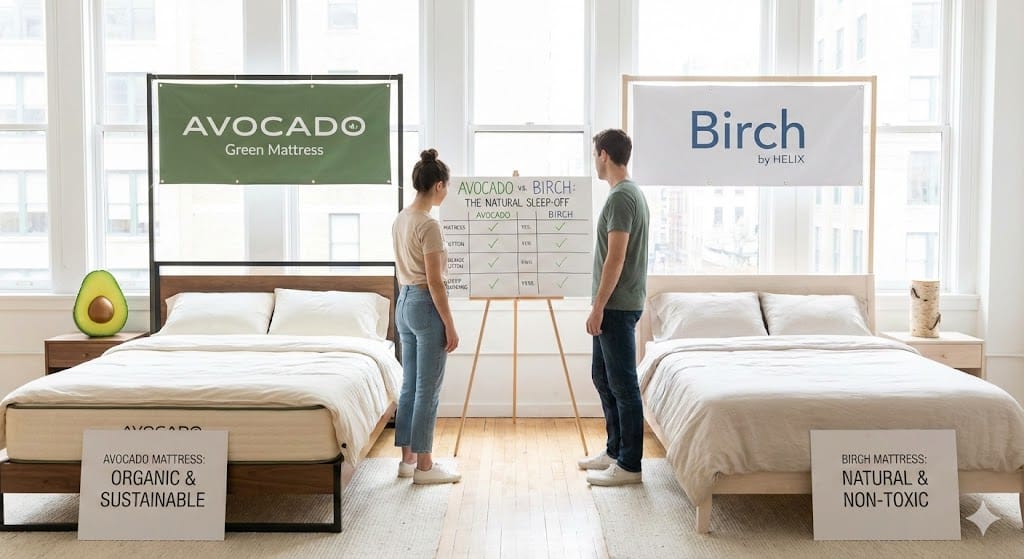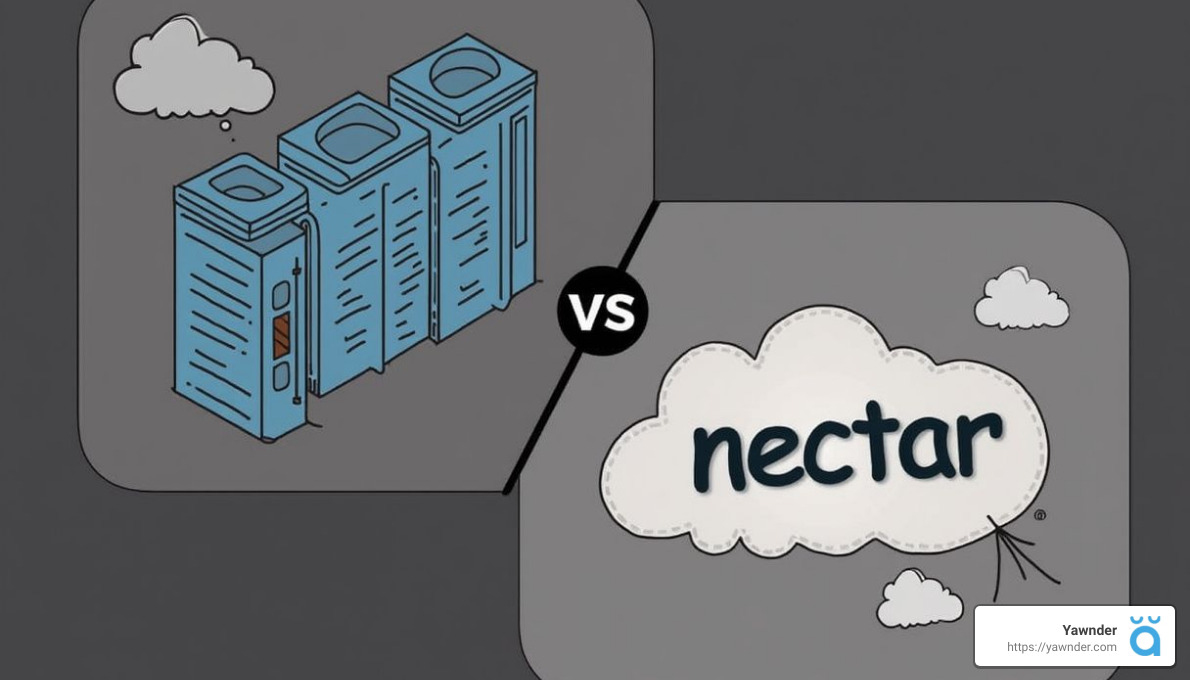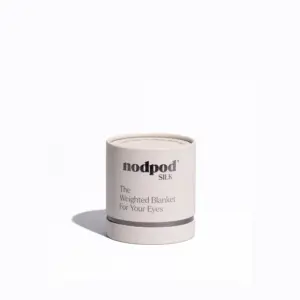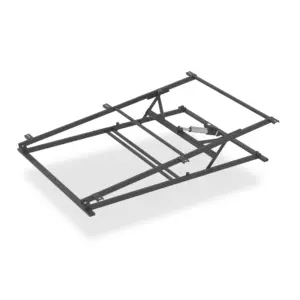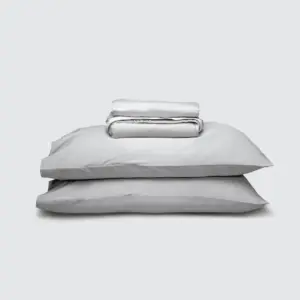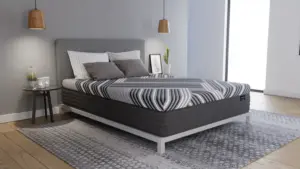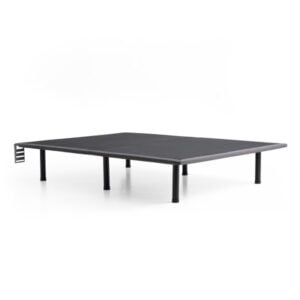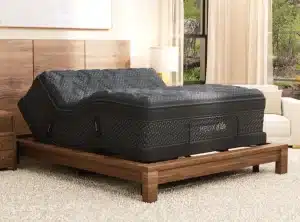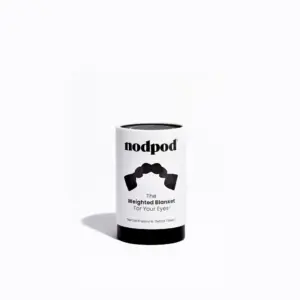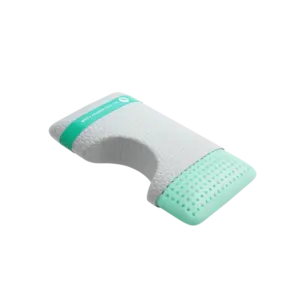How to Make Your Own Mattress in 5 Easy Steps
Why Build Your Own Mattress?
Building your own mattress is not only possible—it’s incredibly rewarding! A DIY mattress enables you to save money, customize every detail, and potentially enhance your sleep quality. Away with overpriced retail mattresses; with a custom approach, you hold the reins on support, materials, and more. Whether you need relief for lower back discomfort or are in search of a hypoallergenic, eco-friendly option, creating a mattress tailored just for you might be the solution you’ve been looking for.
As someone who has spent years studying the ins and outs of mattresses, I’m here to guide you through the process step-by-step. Let’s dive into the exciting world of DIY mattress-making!
Step 1: Gather Your Materials
Your first step is assembling the right materials for this undertaking. Being prepared is key to a successful DIY project. Here’s what you need:
Choosing the Right Foam
Foam layers dictate your mattress’s comfort and support. Here are the primary types to consider:
– Memory Foam: Excellent for contouring and pressure relief; high-density memory foam (4 to 5 lbs/ft³) is recommended for optimal durability.
– Latex: Natural latex provides durability and bounce, while synthetic options are more economical but less long-lasting. Blended latex offers a practical balance of both.
– Poly Foam: Ideal for budgets, high-density poly foam is versatile but should be chosen carefully to ensure sufficient support.
Selecting the Coil System
The coil system is vital for providing core support. Your main options include:
– Pocket Coils: Individually wrapped coils offer targeted support and minimal motion transfer, perfect for a hybrid mattress design.
– Innerspring Coils: Traditional coils are affordable and breathable, suitable for basic support.
– Hybrid Systems: These combine pocket coils and foam layers, delivering a blend of support and comfort.
Picking the Mattress Cover
The cover protects your inner layers and can add comfort:
– Removable Covers: Offer easy maintenance, allowing you to clean them conveniently.
– Stitched Covers: More durable but cumbersome to wash, providing a snug fit around mattress layers.
– Cooling Covers: If overheating is a concern for you, opt for materials like Tencel or bamboo.
Adhesive
An adhesive is crucial for holding your foam layers together without compromising breathability. Use it sparingly to maintain airflow.
By gathering these materials, you are prepared to start building your dream mattress.
Step 2: Assemble the Base Layer
With all your materials in hand, it’s time to put together the base layer, which serves as the mattress’s foundation.
Installing the Coil System
Your coil system is the backbone. You can choose between a solid coil block or individually wrapped coils:
– Solid Coil Block: This interconnected unit is simpler to install but may limit motion isolation.
– Individually Wrapped Coils: These provide improved support and isolate motion better, though they require dense polyfoam for edge stability.
Installation Steps:
1. Unzip your mattress cover and lay the bottom half flat.
2. Center the coil system on the cover.
3. If using individually wrapped coils, reinforce the edges with dense polyfoam.
Adding the Base Foam Layer
This layer sits below the coil system and can be made from either firm poly foam or dense memory foam.
1. Position your foam layer under the coil system so it evenly covers the entire base.
2. Apply a minimal amount of adhesive to secure the foam in place.
Step 3: Add the Transition Layer
The transition layer ties the base and comfort layers together, distributing weight evenly and supporting spinal alignment.
Choosing Transition Materials
Select from the following:
– Poly Foam: Affordable and resilient, ideal for weight distribution.
– Latex: Offers durability and hypoallergenic properties.
– Synthetic Latex: A cost-effective alternative that provides similar benefits.
Securing the Transition Layer
1. Lay the transition layer on top of your base layer or coil system.
2. Use small dabs of adhesive to keep it in place.
For added security, consider hand-stitching the edges to ensure it remains firmly in position.
Step 4: Install the Comfort Layer
This layer profoundly influences how your mattress feels.
Selecting Comfort Materials
Choose from these options:
– Gel Memory Foam: Excellent for pressure relief and temperature regulation.
– Natural Latex: Durable and responsive, offering a slight bounce.
– Open-Cell Foam: Enhances airflow, ideal for hot sleepers.
Layer Thickness and Firmness
The thickness and firmness will determine overall mattress feel.
– Thickness: Aim for 2 to 3 inches based on your sleep position.
– Firmness: Choose based on your comfort preference, from soft to firm.
Step 5: Enclose the Mattress
Once all layers are completed, it’s time to wrap everything up.
Wrapping the Mattress
Choose a breathable cover and follow these steps:
1. Lay the cover flat and insert your layers.
2. Zip it all up for a snug fit.
Final Touches
– Use adhesive between layers for stability.
– Secure edges for added durability.
– Ensure cleanliness by spot cleaning any debris.
– Allow the mattress to air out to dispel any initial odors.
Frequently Asked Questions about DIY Mattresses
Can You Make Your Own Mattress?
Absolutely! Crafting your own mattress is not only feasible but offers flexibility in material choices that can align with your personal comfort needs.
Is It Hard to Make a Mattress?
Not at all! The process is straightforward, and with just a few tools, you can achieve a comfortable, tailored bed.
How Much Does It Cost to Create a Mattress?
DIY mattresses can range from $100 to $300, making them an economical alternative to retail options that can cost over $1,000.
Conclusion
At Yawnder, we believe that building your own mattress is not merely a cost-saving venture; it’s about customizing a superior sleep experience designed for you. With our step-by-step guide, you can create a mattress tailored to your specific needs, whether it’s firmer support for back sleepers or a plush surface for side sleepers.
Imagine crafting a mattress from high-quality materials while ensuring it meets your preferences. Why settle for a one-size-fits-all solution when you can have one perfectly tailored to you? Take the plunge into your DIY mattress journey today and enjoy the ultimate in personalized comfort!

